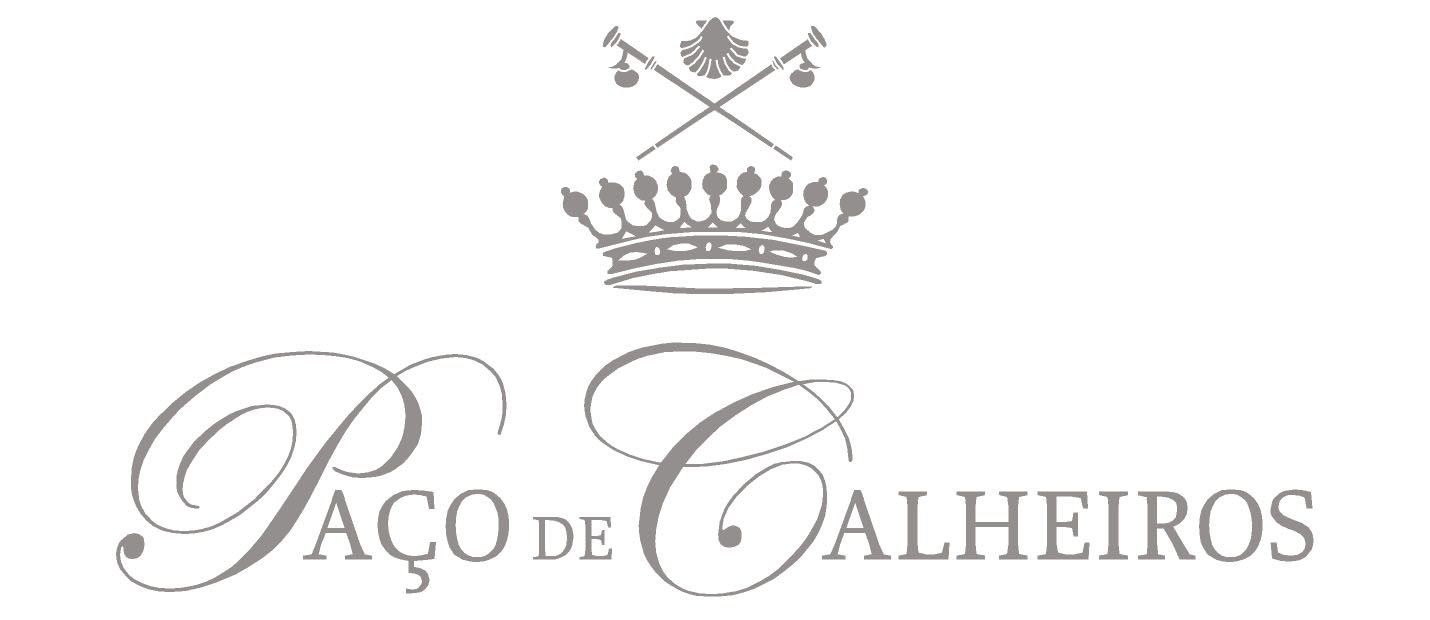A sustainable tourism is a responsible tourism which works in balance with the environment and responds to the actual requirements of the guests and communities, promoting and
amplifying this opportunities in the future.
It is thus based in the management of the necessities and economic, social and environmental resources, having in consideration the culture, local traditions and natural environment, with the need to protect and improve, in order that the new generations may enjoy of equal possibilities and conditions.
This is a process of consistent management of all resources that entitles accomplishing several requirements, assuring simultaneously the continuity of the cultural and social integrity, of the ecological processes, biological diversity and the life sustainable systems.
The implementation of sustainable environment practices was made with the support of Escola Superior de Biotecnologia da Unviersidade Católica in a project financed by FEDER
program.
Renewable Energies
The photovoltaic system implemented in Paço de Calheiros allows for the transformation of the direct light into electric energy, through solar cells. The system works connected to the electric network.
The micro-hydro power had the main purpose the use of a renewal energy locally available. It is in operation in the old watermill, being necessary for its integration the revitalization of the mil, promoting the preservation and valorization of the builded heritage.
The photovoltaic and hydric micro production allowed to lower the electricity outlays, taking advantage of the natural resources.
FitoETAR – Water treatment and reutilization
Wastewater production in tourism units located in rural areas undergoes through high oscillations in terms of effluent quality and quantity, due to variations in guest occupation along the year, negatively affecting the performance of conventional treatment systems. The costs of implementation and operation of conventional systems for hotels or small communities is prohibitive in many situations, mainly in rural and mountain areas where there are no systems for collecting and processing waste water.
The use of Constructed Wetlands as main functional unit, for example in domestic wastewater treatment, or as a complementary treatment system, enables possibilities for water reuse.
What is a Constructed Wetland?
It is a man-made biological system that intents to mimic the biogeochemical processes that occur in natural wetlands in order to promote water depuration.
How does it work?
The wastewater coming from the primary treatment is forward to the Constructed Wetland and passes through the biological system, with horizontal subsurface flow, promoting its
depuration. The main components are the plants, substrate and microorganisms. The substrate is an expanded clay that besides other functions acts as support to different
ornamental plant species: Canna flaccida, Canna indica, Zantedeschia aethiopica, Agapanthus africanus and Watsonia borbonica. With the application of the integrated system of the Constructed Wetland followed by a small pond it is possible to reuse the produced wastewater for irrigation.
Puddle of Peirão
Poça do Peirão is a permanent pond that has been implemented in Paço de Calheiros, being integrated in the strategy of water management. Is characterized by the abundant presence of amphibious and emergent plants.
The water coming from the Constructed Wetland is forward to this water reservoir acting as a strategic point for its retention, promoting also the biodiversity and natural resources
conservation.
Within the scope of the program “Charcos com Vida”, a range of activities related with dissemination of good practices, scientific research and pedagogic materials are periodically
carried out. The intention is to mobilize the guests, the community and schools for the preservation of the ponds as reservoirs of biodiversity and living laboratories. Please access
the Portuguese Pond Inventory in: www.charcoscomvida.org
Bringing Awareness
The Paço de Calheiros organizes events and awareness actions related to the dissemination of good practices, concerning the environmental performance, implemented in Quinta do Paço de Calheiros, including the Eco Circuit.
In this actions, the intention is to sensitize and inform the community and guests for the social and environmental values. The Eco Circuit urges from the necessity of ecosystem preservation and sustainable resources management, comprising two main strands: sustainable management of the resources at an energetic level (photovoltaic systems and micro-hydric) and at hydric level (wastewater treatment through a constructed wetland and followed by a small pond).
Please contact us to book a visit or participate in an event.
